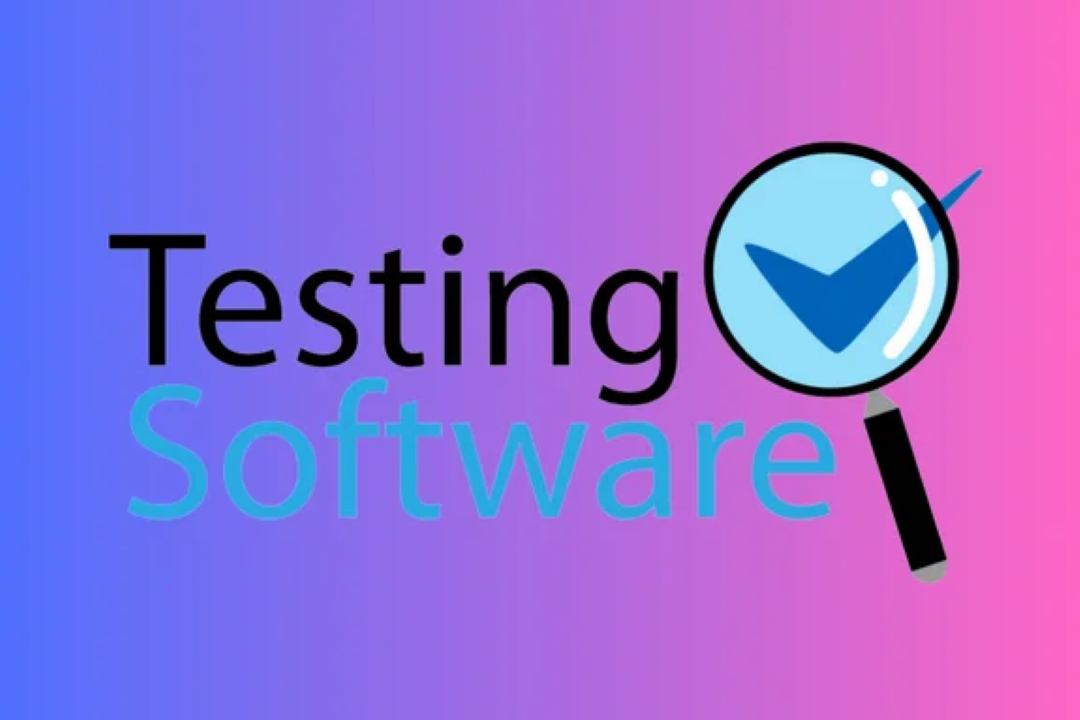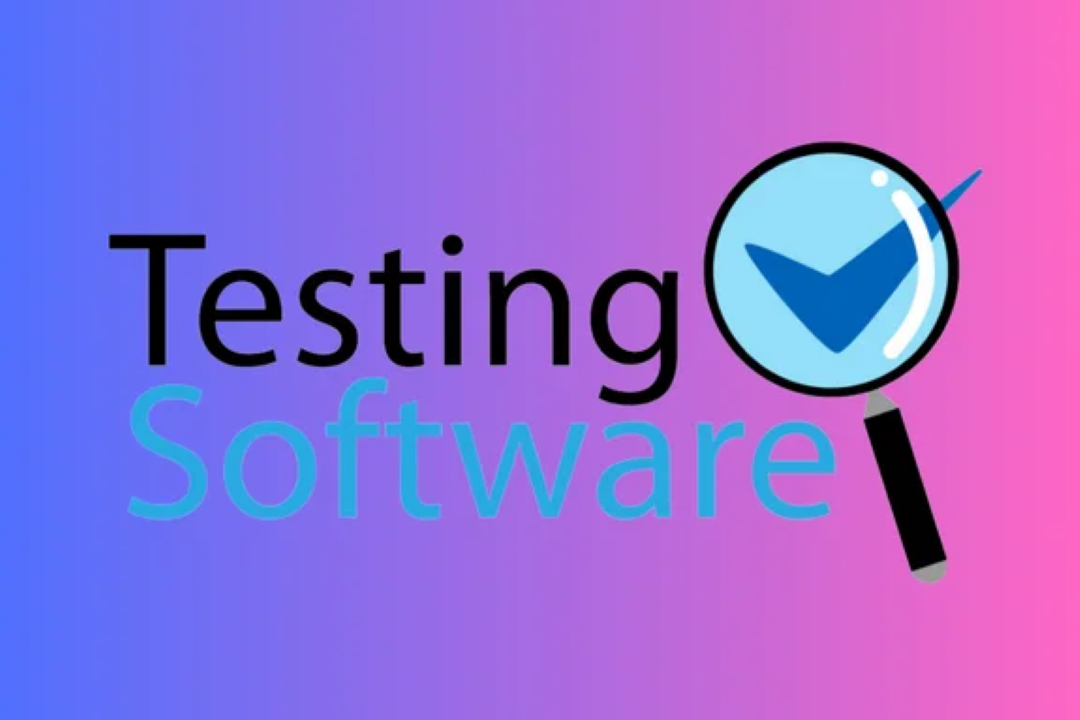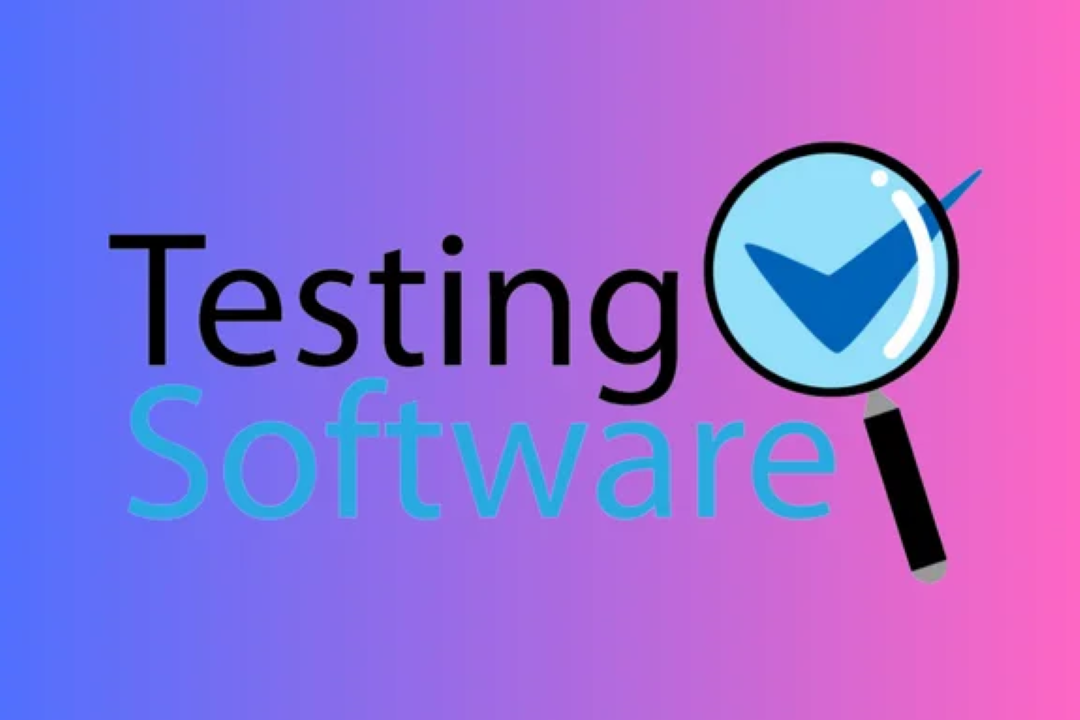Selenium Training Video Tutorials Point
The Selenium training video tutorials at JustAcademy offer a structured learning experience focused
Selenium Training Video Tutorials Point
Selenium training video tutorials at JustAcademy are an invaluable resource for individuals looking to master automation testing for web applications. These tutorials not only provide in-depth knowledge about Selenium's functionalities and capabilities but also include hands-on projects that simulate real-world testing scenarios. This practical approach helps learners apply theoretical concepts effectively, enhancing their problem-solving skills and preparing them for industry requirements. By engaging with these tutorials, participants can gain confidence in automating testing processes, ultimately leading to improved software quality and faster release cycles.
To Download Our Brochure: https://www.justacademy.co/download-brochure-for-free
Message us for more information: +91 9987184296
Selenium training video tutorials at JustAcademy are an invaluable resource for individuals looking to master automation testing for web applications. These tutorials not only provide in depth knowledge about Selenium's functionalities and capabilities but also include hands on projects that simulate real world testing scenarios. This practical approach helps learners apply theoretical concepts effectively, enhancing their problem solving skills and preparing them for industry requirements. By engaging with these tutorials, participants can gain confidence in automating testing processes, ultimately leading to improved software quality and faster release cycles.
Course Overview
The “Selenium Training Video Tutorials Point” course at JustAcademy is designed to provide a comprehensive understanding of Selenium, the leading framework for automating web application testing. This course covers fundamental concepts, from setting up the environment to implementing advanced testing strategies, ensuring learners grasp both theoretical aspects and practical applications. Through a series of engaging video tutorials and real-time project work, participants will master Selenium's tools and features, enabling them to create effective automated test scripts and improve software quality. By the end of this course, learners will be equipped with the essential skills needed to tackle real-world automation challenges confidently.
Course Description
The “Selenium Training Video Tutorials Point” course at JustAcademy offers an in-depth exploration of Selenium, the premier framework for automating web application testing. This comprehensive program is designed for both beginners and experienced testers, guiding participants through essential concepts such as setting up the Selenium environment, writing effective test cases, and executing automated scripts. With a focus on real-time projects and hands-on practice, learners will not only understand the theoretical underpinnings of Selenium but also gain practical experience in applying these skills to enhance software quality. By completing this course, participants will be well-prepared to excel in the field of automation testing, making them valuable assets in any development team.
Key Features
1 - Comprehensive Tool Coverage: Provides hands-on training with a range of industry-standard testing tools, including Selenium, JIRA, LoadRunner, and TestRail.
2) Practical Exercises: Features real-world exercises and case studies to apply tools in various testing scenarios.
3) Interactive Learning: Includes interactive sessions with industry experts for personalized feedback and guidance.
4) Detailed Tutorials: Offers extensive tutorials and documentation on tool functionalities and best practices.
5) Advanced Techniques: Covers both fundamental and advanced techniques for using testing tools effectively.
6) Data Visualization: Integrates tools for visualizing test metrics and results, enhancing data interpretation and decision-making.
7) Tool Integration: Teaches how to integrate testing tools into the software development lifecycle for streamlined workflows.
8) Project-Based Learning: Focuses on project-based learning to build practical skills and create a portfolio of completed tasks.
9) Career Support: Provides resources and support for applying learned skills to real-world job scenarios, including resume building and interview preparation.
10) Up-to-Date Content: Ensures that course materials reflect the latest industry standards and tool updates.
Benefits of taking our course
Functional Tools
1 - Selenium WebDriver
Selenium WebDriver is the core component of the Selenium suite, providing an interface for automating web applications across various browsers. It allows testers to write test scripts in multiple programming languages such as Java, Python, C#, and Ruby. This tool enables interaction with web elements just like a user would, simulating real world actions like clicking buttons and filling out forms. Its robustness and compatibility with different operating systems make it a preferred choice for automation testing, enhancing efficiency and reducing manual testing efforts. Learning WebDriver is crucial for students as it forms the foundation of Selenium test automation.
2) Selenium IDE
Selenium IDE is a user friendly integrated development environment that allows for easy record and playback of tests. It is particularly useful for beginners who may not have extensive programming knowledge, as it enables the creation of test cases through simple interactions with the web application. The IDE provides features such as test script editing, debugging tools, and the ability to export test cases in various programming languages. By mastering Selenium IDE, students gain practical skills that facilitate quick test creation, making it an excellent starting point for those new to test automation.
3) Selenium Grid
Selenium Grid is a powerful tool that enables parallel execution of test scripts across different environments and browsers. This tool supports the distribution of tests across multiple machines, significantly reducing testing time and increasing efficiency. By understanding how to configure and use Selenium Grid, students can ensure their tests are comprehensive and are validated in diverse conditions. Learning Grid is essential for aspiring automation engineers aiming to optimize their testing workflows and achieve better coverage in their automated test suites.
4) TestNG
TestNG is a testing framework inspired by JUnit, designed to provide more powerful testing capabilities. It offers features like annotations, parallel test execution, and data driven testing, which enhance the functionality of test automation. TestNG integrates seamlessly with Selenium, allowing for flexible and robust test architectures. Students will learn how to leverage TestNG’s capabilities to organize their test cases effectively, facilitate reporting, and manage dependencies. This understanding equips them with the tools necessary for undertaking complex testing scenarios and elevating their test automation practices.
5) Apache Maven
Apache Maven is a build automation tool used primarily for Java projects, which assists in managing project dependencies, builds, and reporting. In a Selenium context, Maven simplifies the project setup, minimizing configuration issues associated with libraries required for test execution. Students will learn how to create a Maven project for their Selenium tests, adding necessary dependencies in a streamlined manner. This focus on Maven equips learners with the skills to maintain their projects efficiently, ensuring a more organized and manageable workflow in their testing practices.
6) Cucumber
Cucumber is a behavior driven development (BDD) tool that facilitates collaboration between technical and non technical team members. By allowing the expression of test scenarios in plain language, Cucumber serves as a bridge between business requirements and technical implementation. It works effectively with Selenium to automate acceptance testing. Students will learn how to write feature files in a user friendly format and translate these into automated tests. Mastering Cucumber enhances their ability to develop automation test suites that are aligned with business expectations, fostering better communication within teams and driving project success.
7) Page Object Model (POM)
The Page Object Model (POM) is a design pattern that enhances test automation by promoting maintainability and reusability of code. In this approach, each webpage is represented as a class, containing methods to interact with its web elements. This structure separates the test logic from the UI elements, making tests easier to understand and maintain. Students will learn how to implement POM in their Selenium projects, organizing their code effectively to minimize redundancy and simplify updates. Understanding POM is essential for developing scalable and efficient test automation frameworks.
8) Data Driven Testing
Data Driven Testing (DDT) is a testing methodology that allows the execution of tests using multiple sets of data. This approach enhances test coverage and helps identify edge cases by validating the application’s behavior with varied input values. By integrating data sources such as Excel, CSV, or databases with their Selenium tests, students will learn to parameterize test scripts, making them dynamic and efficient. Mastering data driven testing enables them to write versatile tests that maximize the effectiveness of their test automation efforts.
9) Continuous Integration and Continuous Deployment (CI/CD)
Understanding CI/CD is crucial in today’s fast paced development environments. Tools like Jenkins, Travis CI, or CircleCI are often used for automating the testing and deployment processes. When integrated with Selenium tests, CI/CD pipelines enable automatic execution of tests whenever code changes are made. Students will learn how to set up a CI/CD pipeline that includes Selenium tests, which not only speeds up the software delivery process but also ensures that new changes do not introduce defects into the application. Knowledge of CI/CD practices is invaluable for aspiring automation testers seeking to enhance their workflow efficiency.
10) Handling AJAX and Dynamic Content
Web applications today often use AJAX to load data asynchronously, which can complicate automated testing. Students will learn how to effectively handle dynamic content in Selenium by utilizing techniques such as explicit waits and JavaScript executors. Mastering these concepts will enable them to create reliable tests that accurately reflect user behavior, ensuring that tests run smoothly even under varying load conditions. This knowledge equips students to tackle complex web applications in their automation efforts.
11 - Cross Browser Testing
With the plethora of browsers and devices available today, ensuring compatibility is critical. Students will learn how to configure and execute Selenium tests across different browsers like Chrome, Firefox, Safari, and Edge. This includes understanding the nuances of each browser’s rendering engine and how to address any discrepancies in behavior among them. Gaining expertise in cross browser testing ensures that web applications provide a consistent user experience across all platforms.
12) Test Reporting and Logging
Effective reporting and logging are essential elements of any testing framework. Students will explore various reporting tools and frameworks such as Allure, ExtentReports, or built in TestNG reporting features for Selenium tests. They will learn how to implement logging practices to capture significant information during test execution. Strong reporting skills allow teams to analyze test results, identify issues quickly, and improve the overall quality of the software development process.
13) Mobile Testing with Selenium
As mobile applications become increasingly prominent, the need for effective testing of mobile web applications grows as well. Students will learn how to extend their Selenium knowledge to mobile testing environments using tools like Appium, which allows automation of both native and web applications on mobile devices. Understanding the unique challenges of mobile testing—such as handling various screen sizes, operating systems, and device capabilities—prepares students for testing in diverse environments.
14) Version Control Systems (VCS)
Familiarity with version control systems like Git is crucial for collaboration in software development and testing. Students will learn how to use Git to track changes in their test automation code, collaborate with team members, and manage different versions of their projects. Mastering Git allows students to maintain an organized codebase, making it easier to roll back changes, branch projects, and review modifications made by team members.
15) Security Testing with Selenium
Understanding security vulnerabilities in web applications is essential for any tester. Students will be introduced to basic security testing concepts and how Selenium can be used to identify potential security issues like SQL Injection, Cross Site Scripting (XSS), and more. Knowledge of security testing principles enables students to contribute to the overall security posture of the applications they test, ensuring safer software for end users.
Browse our course links : https://www.justacademy.co/all-courses
To Join our FREE DEMO Session:
This information is sourced from JustAcademy
Contact Info:
Roshan Chaturvedi
Message us on Whatsapp: +91 9987184296
Email id: info@justacademy.co












